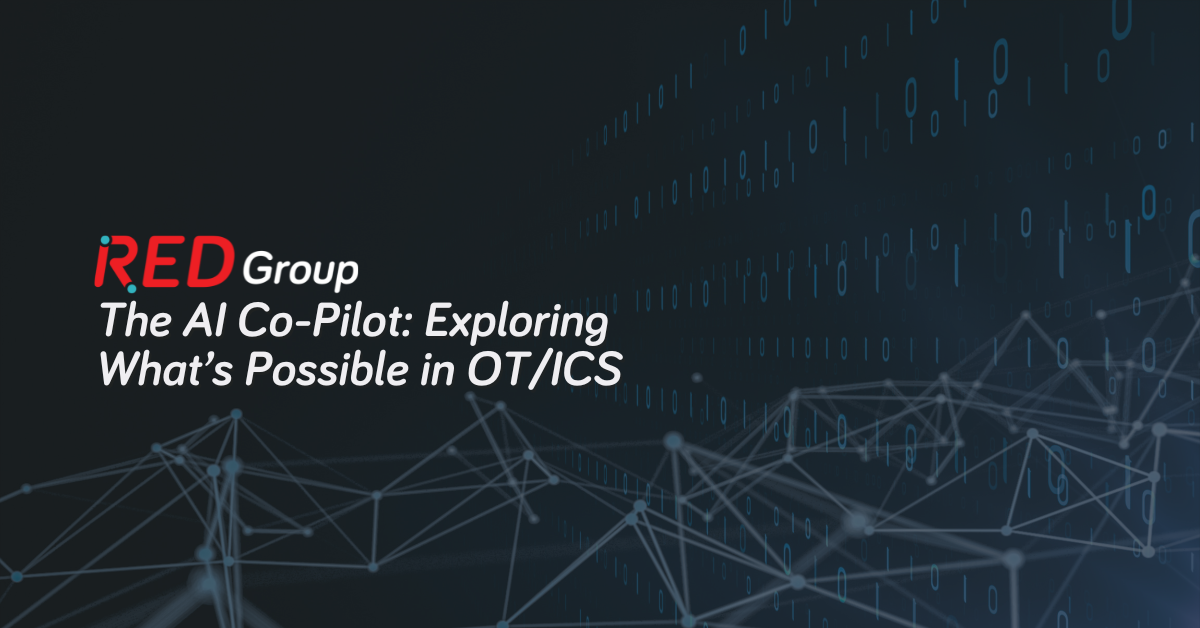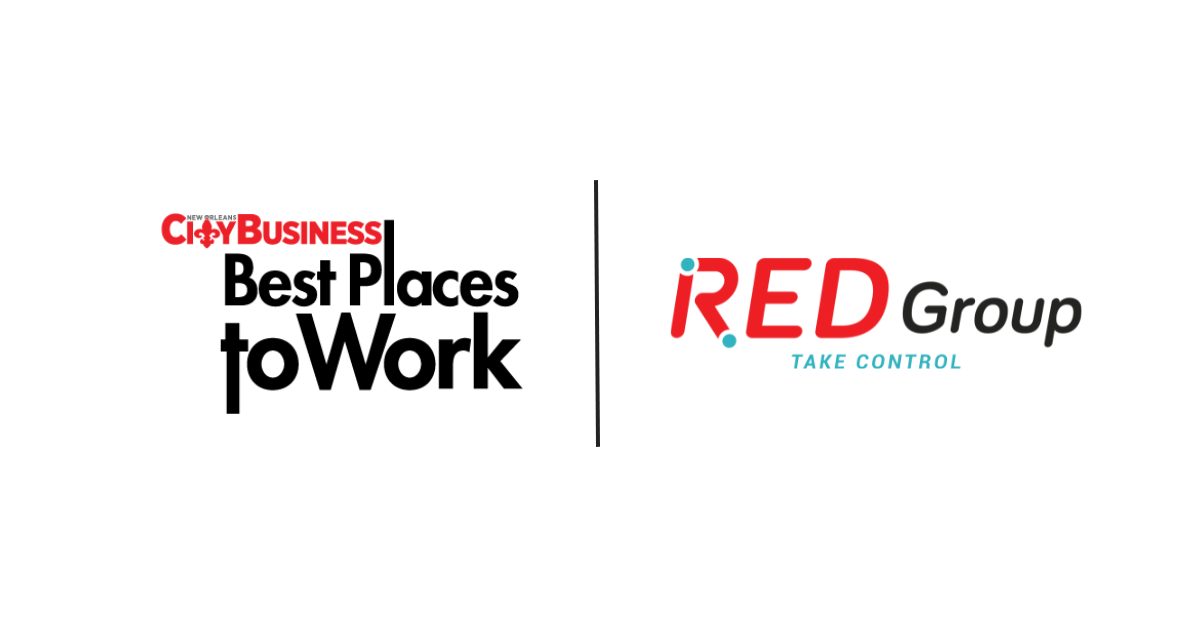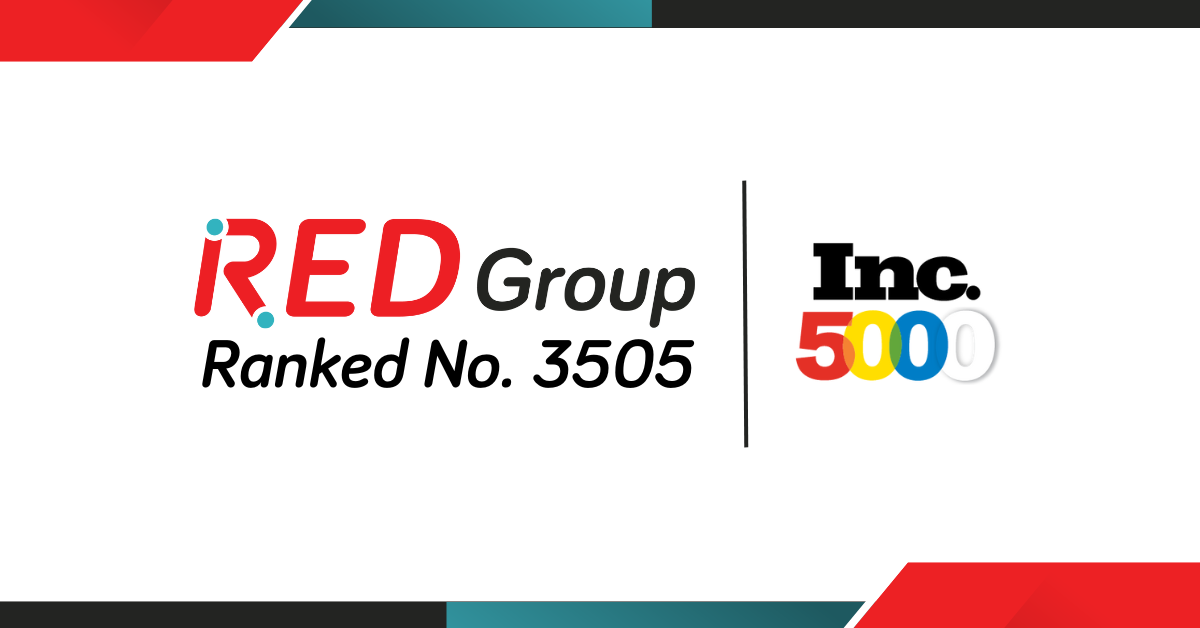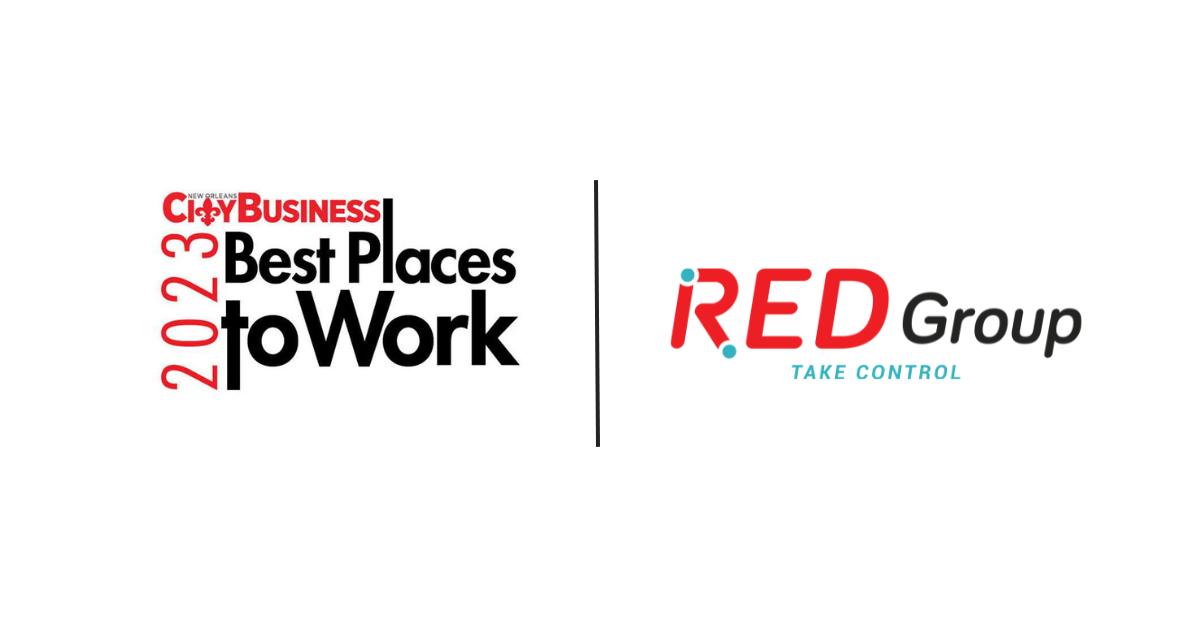
Written by Brittany Rome, Marketing Manager
A Shift Is Happening in OT/ICS
Across the OT/ICS landscape, the conversation around AI is getting louder—and more focused. What started as curiosity has become a steady stream of real-world use cases and pilot programs. From industrial manufacturers to critical infrastructure operators, organizations are beginning to explore how AI might help them work smarter, respond faster, and manage increasing complexity.
At RED Group, we’ve been closely following these developments. While we remain grounded in the expertise and hands-on work that define our approach, we’re also asking important questions. What can AI truly offer in this environment? Where does it make sense? And just as importantly, where does it not?
In this blog, we explore what’s possible, what’s emerging, and what we’re keeping an eye on as the role of AI in OT/ICS continues to take shape.
What AI Is Starting to Do in Industrial Contexts
One area where AI is making early inroads is in data processing. OT systems generate massive volumes of sensor data, alarm logs, and traffic records. AI is being used to sift through that information at scale, identifying trends that could support predictive maintenance or flagging anomalies that may indicate security threats.
There are also examples of AI being used to support repetitive engineering tasks. For instance, validating configurations against standards, helping draft documentation, or scanning for component compatibility during design. These applications promise time savings and consistency, especially on large, complex projects.
Simulation is another interesting area. With AI, some teams are now running scenario models faster and at greater scale—testing design ideas or network architectures before implementation begins. It’s not perfect, but it’s evolving.
Balancing Potential with Practicality
Of course, with any new technology, especially in high-stakes environments like OT/ICS, there are valid concerns. Reliability, security, and transparency are non-negotiable. For example, in cases such as generating PLC code, AI may offer a helpful starting point but still introduces basic errors or oversights that require expert review. Until AI consistently proves its accuracy in specific tasks, close oversight and validation remain essential. Another topic of discussion is the balance between automation and expertise. AI might accelerate certain workflows, but human judgment remains essential in interpreting context, making strategic decisions, and ensuring that systems function safely and sustainably.
It’s also worth considering the security implications. Any AI tool must be implemented with a strong focus on privacy, system integrity, and operational risk. That includes ensuring client data is handled within secure environments and never exposed to external or public AI models.
Looking Ahead: Questions Worth Asking
As AI continues to mature, these are the questions we’re thinking about and encouraging our clients to consider as well:
- Where could AI add value in your operations without compromising control or clarity?
- What tasks slow your teams down that might benefit from intelligent automation?
- How can AI insights be balanced with human experience to improve decision-making, not replace it?
- What governance and security practices would need to be in place before AI could be trusted in your systems?
The potential is clear. But the path forward depends on how thoughtfully AI is explored and implemented. At this stage, the opportunity is to learn, discuss, and stay informed. In the coming months and years, we expect these conversations to evolve—and we’re paying close attention.
Curious about what AI could mean for your OT/ICS environment?
Let’s start the conversation. Reach out to RED Group to explore emerging technologies, future-ready strategies, and how human expertise continues to drive smarter, safer operations.
Brittany Rome, Marketing Manager at RED Group, leads all facets of marketing strategy and execution, from content creation and graphic design to coordinating industry expo presence. Her mission is to support the team and amplify RED Group’s voice and presence in the OT/ICS industry, while championing their commitment to secure, end-to-end technology solutions across the project lifecycle.











Recent Comments